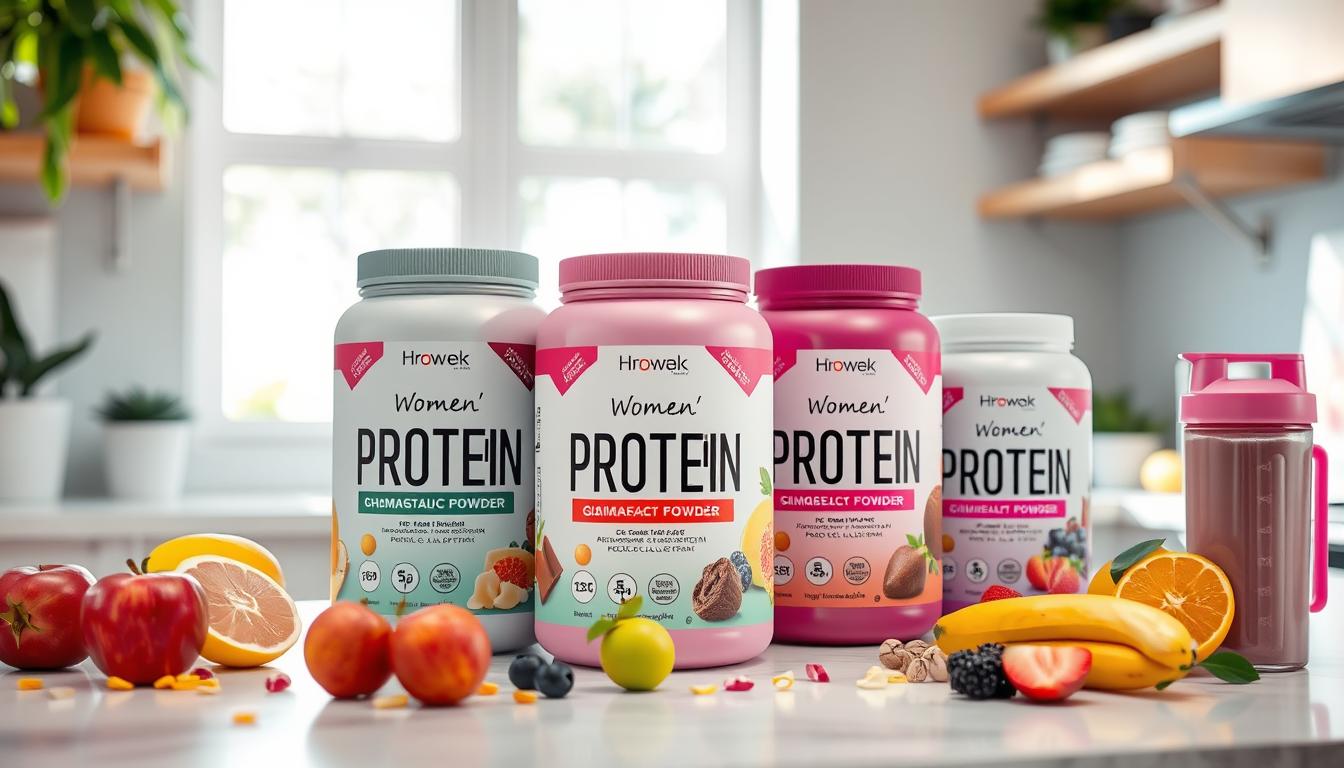We think a good workout plan is key to reaching our fitness goals, like gaining muscle. The best plans mix good food, regular exercise, and the right supplements. Knowing what our body needs and setting achievable goals helps us grow strong muscles.
It’s important to know which exercises work best for us. Nutrition is vital because it fuels our muscles to grow and heal. We’ll look at how nutrition and supplements help in building muscle, and share top workout plans to reach our goals.
Introduction to Muscle Gain
Starting our fitness journey means understanding the need for a solid workout plan. By using the best muscle-building routines and eating right, we can succeed and meet our muscle goals.
Key Components of a Successful Workout Routine
We aim to give you the info to make a great workout plan with the best exercises. We’ll talk about the role of supplements, nutrition, and regular exercise in gaining muscle.
Key Takeaways
- Having a well-structured workout routine is essential for muscle gain
- Proper nutrition is vital for muscle growth and recovery
- Sports and fitness supplements are important in our muscle-building journey
- Regular exercise and patience are key to reaching our fitness goals
- Using the best workout routines for muscle gain can help us supercharge our muscles
- Muscle building exercises should be tailored to our individual needs and goals
Understanding Muscle Gain and its Importance
When we talk about muscle gain workouts, we often look at the exercises. But, it’s key to understand the science behind muscle growth. Nutrition is a big part of this, as it gives muscles the fuel they need.
Let’s look at the main parts of nutrition for muscle growth:
- Protein: essential for building and repairing muscle tissue
- Carbohydrates: provide energy for workouts and support muscle recovery
- Healthy fats: support hormone production and overall health
Adding these to our diet helps our muscle building efforts. As we explore muscle gain workouts and tips, remember nutrition is key.

Knowing about muscle hypertrophy and nutrition helps us plan better. We can mix effective workouts with a balanced diet. This way, we can grow our muscles and get healthier.
Benefits of a Structured Workout Routine
Regular exercise is key for our health, but a structured workout routine offers more. Strength training for muscle growth not only builds muscle but also boosts our mental health. A good hypertrophy workout plan can lower stress, improve mood, and support our mental health.
Here are some main benefits of a structured workout routine:
- Improved cardiovascular health
- Increased strength and flexibility
- Enhanced mental clarity and focus
- Better sleep quality
Adding a structured workout to our daily routine can bring these benefits. It helps us reach our physical and mental health goals. So, why not start today and see the changes for yourself?

With dedication and consistency, we can unlock our body and mind’s full power. Let’s move and enjoy the perks of a structured workout routine!
| Workout Type | Benefits |
|---|---|
| Strength Training | Increased muscle mass, improved bone density |
| Cardiovascular Exercise | Improved heart health, increased endurance |
| Flexibility and Stretching | Improved range of motion, reduced injury risk |
Key Principles for Effective Muscle Building
To build muscle, remember a few key principles. Progressive overload and compound movements are essential. These help you create a solid plan for muscle gain.
Progressive overload means slowly increasing the weight you lift. You can do this by adding more weight, doing more reps, or resting less between sets. This way, you challenge your muscles and help them grow stronger.
Progressive Overload Explained
Progressive overload is key for muscle growth. It pushes your muscles to adapt to new challenges. As you lift heavier, your muscles work harder, leading to growth. To add weight, increase it by 2.5-5kg every two weeks, or when you feel ready for more.
Importance of Compound Movements
Compound movements like squats, deadlifts, and bench press are vital. They work many muscles at once, making them great for muscle gain. Adding these to your routine targets all major muscle groups. Some top exercises include:
- Squats
- Deadlifts
- Bench press
- Rows
- Lunges
By mixing progressive overload with compound movements, you get a powerful routine. Always focus on proper form and rest when needed.

| Exercise | Muscle Groups Worked | Benefits |
|---|---|---|
| Squats | Legs, glutes, core | Builds overall leg strength, improves balance and coordination |
| Deadlifts | Back, legs, glutes, core | Builds overall strength, improves posture and athletic performance |
| Bench press | Chest, shoulders, triceps | Builds chest strength, improves overall upper body development |
Essential Equipment for Muscle Growth
Having the right equipment is key for muscle building exercises and workouts. We often think a big gym is needed, but not always. Many effective exercises can be done with little equipment or just our body weight.
Free weights, like dumbbells and barbells, are very versatile. They let you move freely and target specific muscles. Machines are good for certain muscles but might not be as good for overall growth.
Free Weights vs. Machines
Here’s what sets free weights and machines apart:
- Free weights let you move fully and work many muscles at once.
- Machines focus on specific muscles but limit movement.
- Free weights are better for building strength and endurance.
Bands and Bodyweight Exercises
Other useful tools include resistance bands and bodyweight exercises. Bands are light, easy to carry, and target specific muscles. Bodyweight exercises, like push-ups and squats, can be done anywhere and build strength.
The secret to muscle gain is finding a routine you like and sticking to it. Whether it’s free weights, machines, or bodyweight exercises, the goal is to enjoy it and challenge yourself.
| Equipment | Benefits |
|---|---|
| Free Weights | Allow for full range of motion, target multiple muscle groups |
| Machines | Target specific muscle groups, limit range of motion |
| Resistance Bands | Lightweight, portable, target specific muscle groups |
| Bodyweight Exercises | Can be done anywhere, build overall muscle strength and endurance |
Sample Workout Routines for Beginners
Starting a new workout routine can feel overwhelming. We suggest starting with simple, effective routines that focus on strength training. Full-body workouts and the upper/lower split are great for beginners.
These routines are excellent for muscle gain. They target all major muscle groups and increase workout intensity. By adding strength training to your routine, you’ll see big improvements in fitness and muscle mass.
Full-Body Workout Plan
A full-body workout targets all major muscle groups in one session. It’s a great way for beginners to build muscle and strength. Here’s a full-body workout routine example:
- Squats: 3 sets of 8-12 reps
- Push-ups: 3 sets of 8-12 reps
- Deadlifts: 3 sets of 8-12 reps
- Bench press: 3 sets of 8-12 reps
Upper/Lower Split
An upper/lower split divides your workout into two sessions. One for the upper body and one for the lower body. It’s a good way to increase workout intensity and target specific muscles. Here’s an example of an upper/lower split routine:
Upper body: chest press, rows, shoulder press, bicep curls, tricep extensions

Always warm up before working out and adjust the intensity based on your fitness level. With regular practice and dedication, you can see big gains in muscle and strength.
| Workout Routine | Frequency | Intensity |
|---|---|---|
| Full-body workout | 3-4 times per week | Moderate to high |
| Upper/lower split | 4-5 times per week | High |
Advanced Workout Plans for Experienced Lifters
We know that as you get better, you want to push yourself even more. That’s why we’re excited to share advanced hypertrophy workout plans. They can help you grow your muscles even more.
One great way to mix up your workout is with a push-pull-leg split. This means you work out three times a week. You do push exercises like bench press and shoulder press, pull exercises like rows and lat pulldowns, and leg exercises like squats and lunges. This way, you focus on different muscle groups, boosting your strength and endurance.
Strength Training Circuits
Another advanced method is to add strength training circuits to your routine. This means doing exercises one after another with little rest in between. For example:
- Squats
- Deadlifts
- Bench press
Using best exercises for gaining muscle in circuits makes your workout more intense. It challenges your muscles in new ways.

The Role of Recovery in Muscle Growth
When we talk about building muscle, we often overlook recovery. After a tough workout, our muscles need time to heal and grow. Rest days are key for this process, helping our muscles get stronger.
Effective recovery techniques are vital for muscle growth. These include stretching, foam rolling, and good nutrition. Adding these to our routine can boost our muscle-building efforts.
Here are some key recovery techniques to keep in mind:
- Get enough sleep: 7-9 hours of sleep per night is essential for muscle recovery
- Stay hydrated: drink plenty of water to help your muscles recover
- Use foam rolling and stretching: to help reduce muscle soreness and improve flexibility
By focusing on recovery and using these techniques, we can improve our muscle-building results. This will help us see better gains from our workouts.
Nutritional Strategies for Muscle Gain
Nutrition is key when it comes to building muscle. We need the right mix of macronutrients to grow muscles. A good meal plan is essential for reaching our muscle gain goals. For tips on meal planning, we can check out nutrition websites.
To optimize our diet, we should focus on macronutrient ratios. Aim for 1.6-2.2 grams of protein per kilogram of body weight. Also, eat 2-3 grams of carbs and 0.5-1 gram of healthy fats per kilogram. Here’s a list to help plan our meals:
- Protein sources: chicken, fish, eggs, and lean beef
- Carbohydrate sources: brown rice, whole wheat bread, and sweet potatoes
- Healthy fat sources: nuts, seeds, and avocados
Meal timing and frequency matter too. Eat 5-6 meals a day, every 2-3 hours. This keeps our muscles fueled and supports growth. Remember, the best workout routines need proper nutrition and consistent training.
By following these nutritional strategies, we can optimize our diet for muscle gain. Stay consistent and patient, as muscle gain takes time and effort. With the right nutrition and training, we can reach our muscle gain goals and improve our health and fitness.
Common Mistakes to Avoid When Building Muscle
When we focus on muscle building, we often overlook common mistakes. These errors can slow down our progress. It’s key to know these pitfalls and avoid them to reach our fitness goals.
One big mistake is inconsistent training. This can cause us to hit a plateau. To avoid this, we should stick to a structured workout plan. This plan should mix strength training and muscle building exercises. For more on creating a good workout routine, check out our website and read the disclaimer.
Another error is poor nutrition. It can undo our muscle-building efforts, even with regular workouts. A balanced diet is vital for muscle growth. Here are some diet tips:
- Make sure you get enough protein for muscle growth
- Choose complex carbs for lasting energy
- Healthy fats are key for hormone production and health
By steering clear of these mistakes and focusing on the right exercises, we can meet our fitness goals. Always listen to your body and tweak your routine as needed.
Tracking Progress and Adjusting Routines
Buildingthe best workout routines for muscle gainis a journey. It’s key to track your progress. Keeping a detailedworkout journal is a great tool. It helps you see how far you’ve come and what needs work.
Also, taking progress photos can give you a clear view of your changes. Seeing your progress can keep you motivated. It helps you make smart changes to your routine.
Don’t be afraid to change your workout plan if needed. If you’re not getting the results you want, it’s time to try something new. Add new exercises, change your rep ranges, or try a different split to keep challenging yourself.
Being adaptable and open to trying new things is key tomuscle gain. By tracking your progress and making smart changes, you’ll reach new fitness heights.


